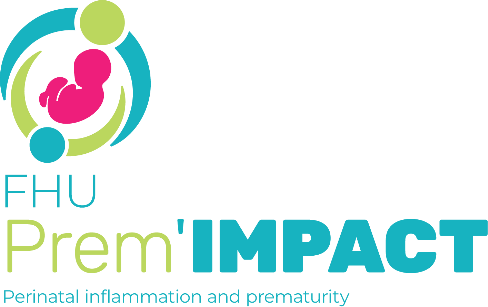Abstract
Background: The rate of premature births in France is 6% and is increasing, as is the rate of extremely premature births. Morbidity and mortality rates in this population remain high despite significant medical progress. We aimed to evaluate the morbidity and mortality rate in preterm neonates weighing<750g and to evaluate their outcome at 2 years’ corrected age (CA).
Methods: This was a retrospective monocentric study including babies born between May 2011 and April 2013 who were preterm and weighed<750g. We evaluated mortality and morbidity in the neonatal period. At 2 years’ CA, we focused on developmental quotient (DQ) with the Brunet-Lézine test, on neurosensory assessment (sleeping/behavior), and growth evaluation.
Results: Among the 107 infants included, 29 (27%) died in the neonatal period. Mean gestational age was 25.6 weeks’ gestation. Female sex and higher birth weight were independent predictors of survival. A total of 61 (78.2%) infants showed extra-uterine growth retardation at 36 weeks’ postmenstrual age. At 2 years’ CA, 57 children were followed up; 38 were evaluated using the Brunet-Lézine test, 20 (52.6%) had a DQc<85, and none had a severe developmental delay (DQc<50). Six (10%) children had cerebral palsy and 22 of 56 (39.2%) showed language delay. Growth retardation persisted in 15 of 52 (28.8%) children.
Conclusion: Our results confirm the acute fragility of extremely low-birth-weight babies with a high rate of morbidity and mortality. At 2 years’ CA, this population still shows a considerable rate of mild difficulties, whose long-term evolution needs to be followed.
